Nuclear Fusion
The process of combining two light atoms to make a heavier one, such as turning hydrogen into helium, which powers the sun.
Conversely, nuclear fission in present-day nuclear plants breaks heavy uranium atoms apart.
Compared to fossil fuels, fusion and fission release about a million times more energy per reaction.
History
There is an excellent documentary and a very readable account of what has happened over the last century. Recent activity is summarized by the International Atomic Energy Agency and startups are tracked by the Fusion Industry Association, Fusion Energy Base, and The Clean Air Task Force.
An overview of the concepts that have been proposed and studied:
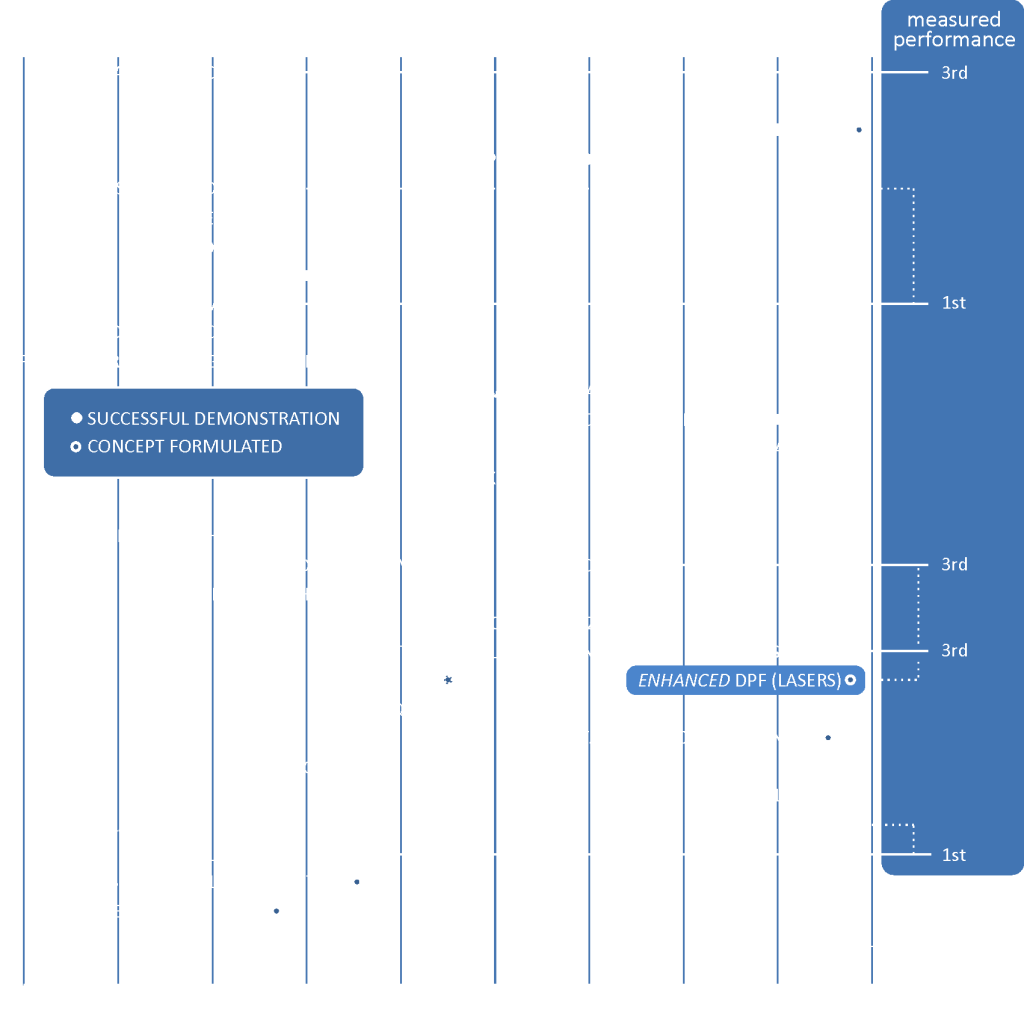
The dotted lines link concepts to closely related approaches that have demonstrated high fusion output.
Project Elpis will try to significantly enhance the performance of the dense plasma focus.

The Dense Plasma Focus (DPF)
Invented in the 1950s, it is a remarkably simple device that consists of two concentric electrodes and a pulsed electricity system (think lightning).
Compact and versatile, it generates fusion over a wide range of input energies, from 1 Joule (1 mm long electrodes) to 1 million Joules (50 cm), giving considerable design freedom.
image: LLNL
Ideas Old and New
A number of fusion concepts rely on the pinch effect, including the DPF and the tokamak, where the latter holds the record for energy generation.
Tokamaks use several additional physics strategies and large external systems to control the fuel and increase output, and Project Elpis will apply versions of these approaches to the DPF for the first time.
The small size allows a fast iteration cycle for design, manufacturing, and experimentation, and some technical solutions will be transferable to other fusion schemes.
insert: Stanford Computer Optics
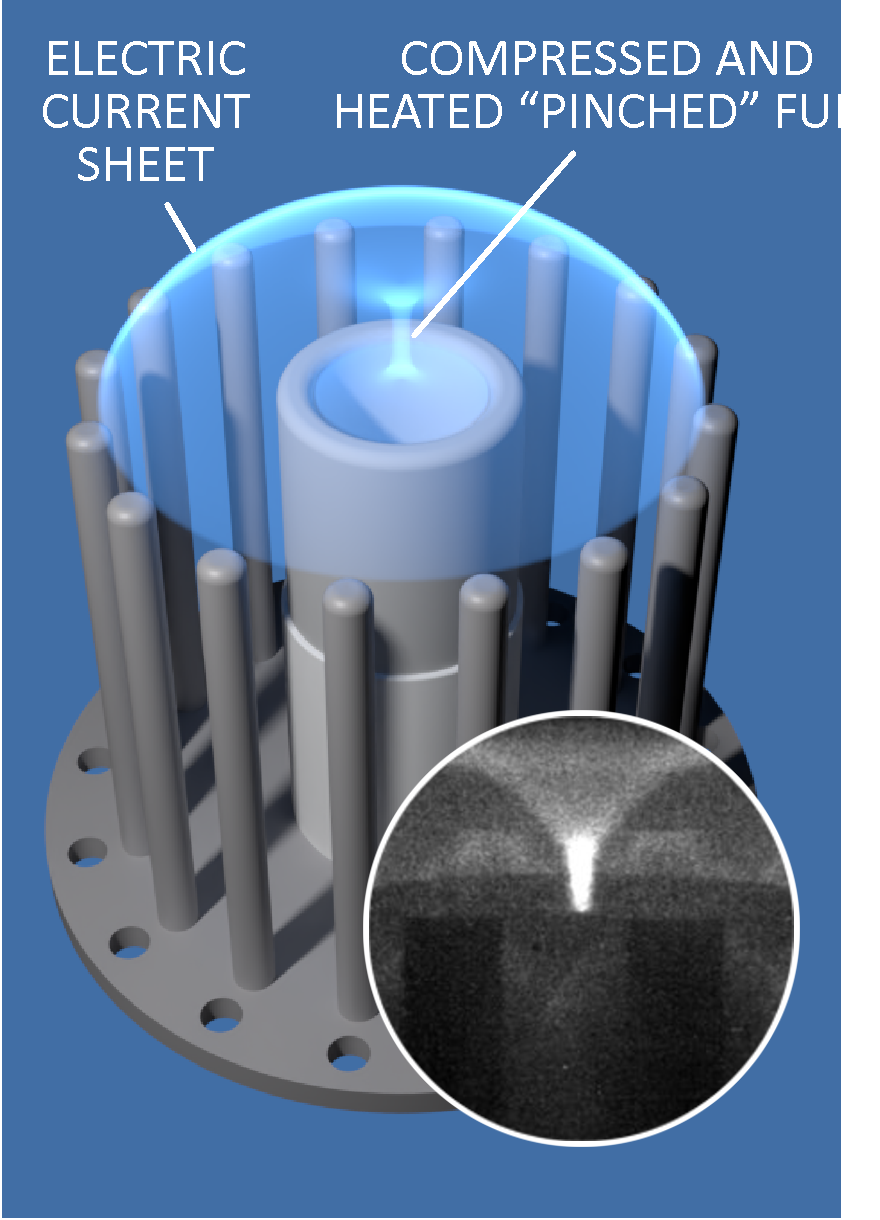
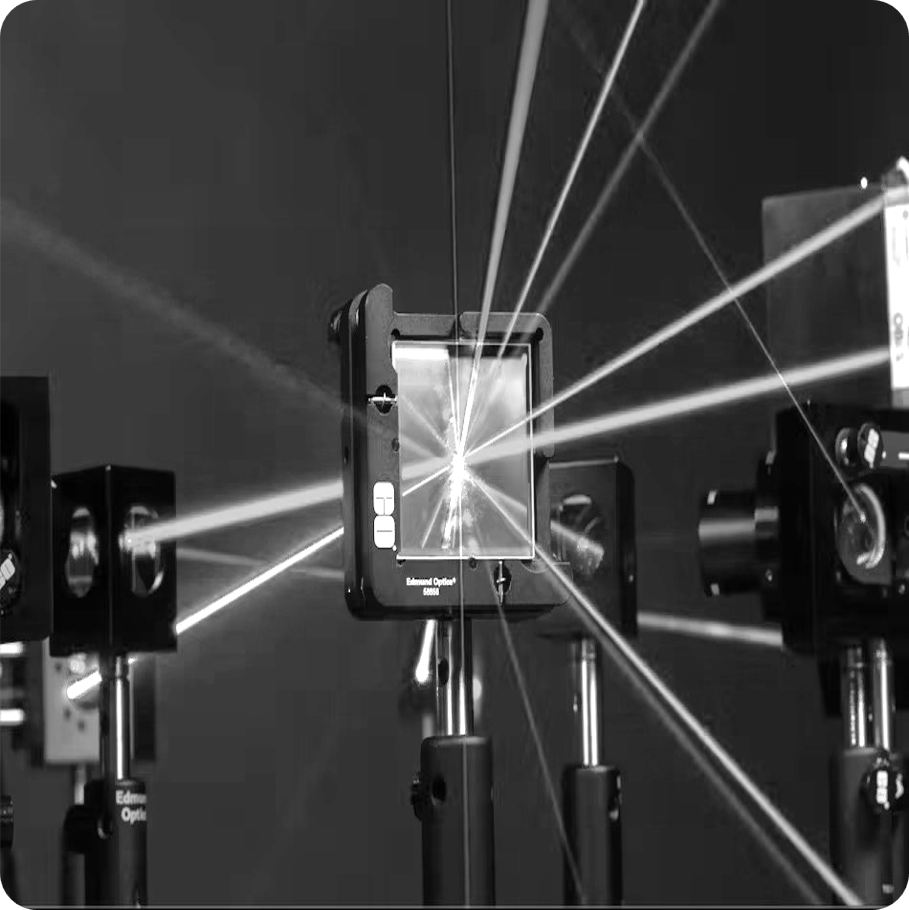
Ultrafast Lasers
A key innovation is the incorporation of ultrafast lasers, whose inventors were awarded the Nobel Prize in Physics in 2018.
This extreme intensity technology may enable small-scale electricity production from fusion.
image: Laser Focus World
Micro Nuclear
The vision for energy generation is inspired by the recent wave of fission microreactors (for deployment here to start). The objective for the conceptual design was to fit inside a shipping container — almost made it.
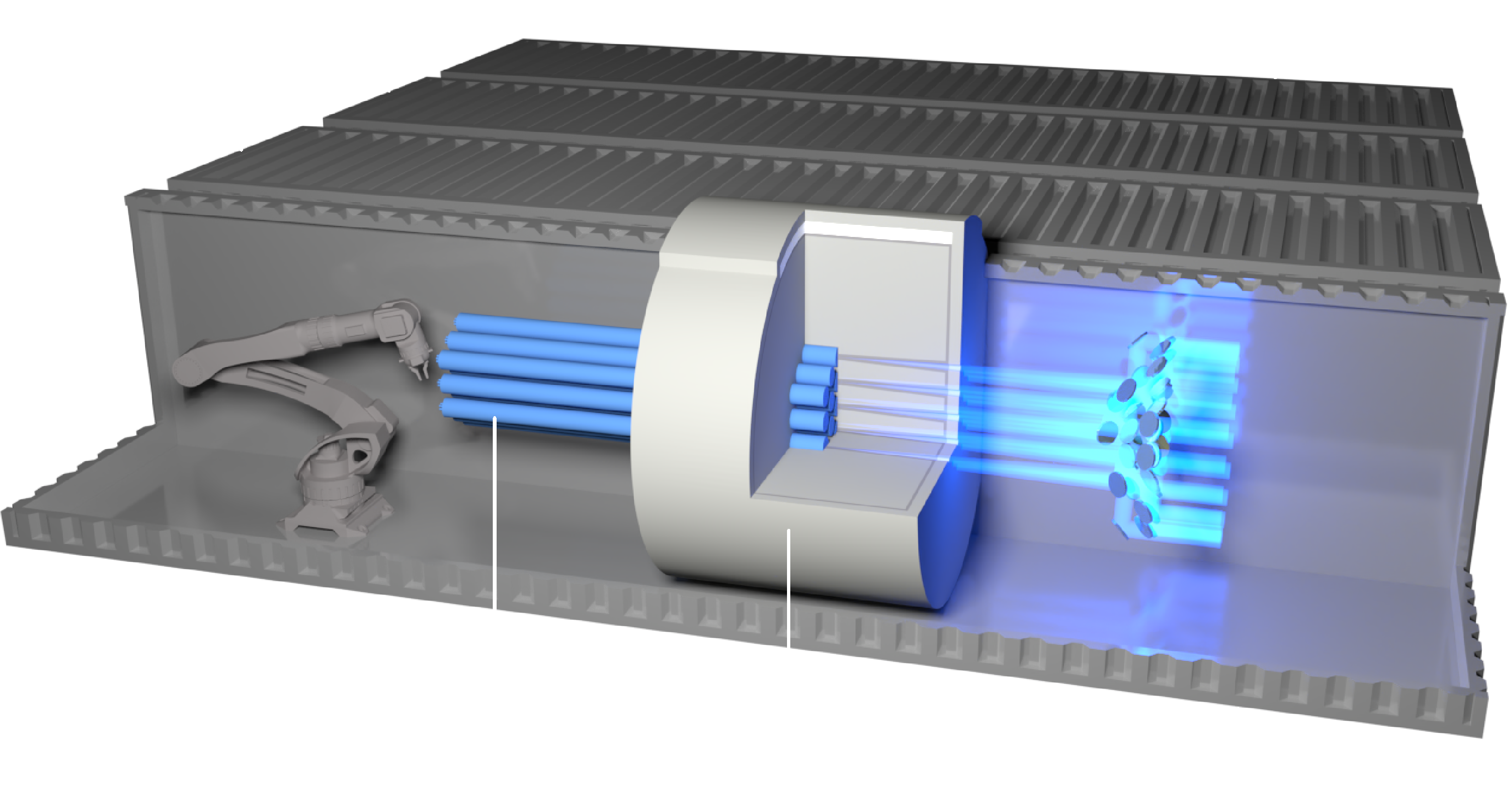
Can be scaled up via large numbers of mass-produced units, like wind and solar. Modularity is a key to project success (and here).
Research and Development Program
After 2 years establishing the laboratory, the following 5 have three physics and engineering activities running in parallel (bold lines), with everything coming together during commercialization of the energy module proof-of-concept.
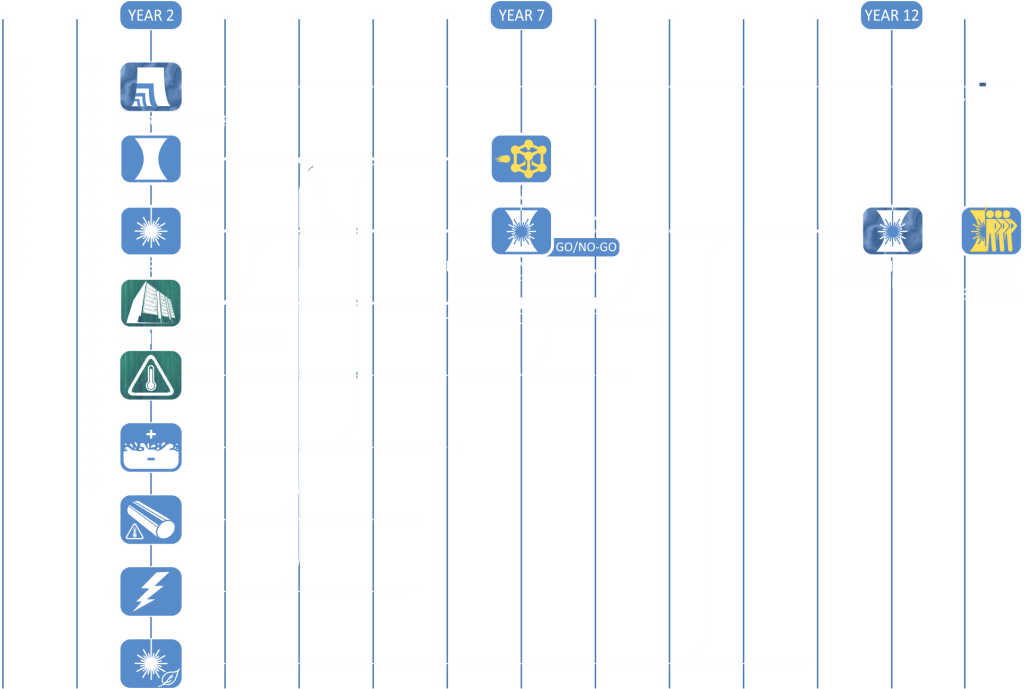
Project Elpis acts as the design lead and system integrator, but relies on many strategic partners from industry and research.
The neutron facility for materials and fuel breeding tests will be the basis of a for-profit spin-off company.
The 12 year timeline is benchmarked against the Westinghouse eVinci program (2018-2029) and the development of ASML EUV computer chip lithography (1998-2013, approximately), which are deep-tech devices of similar scale and with overlapping technologies.

